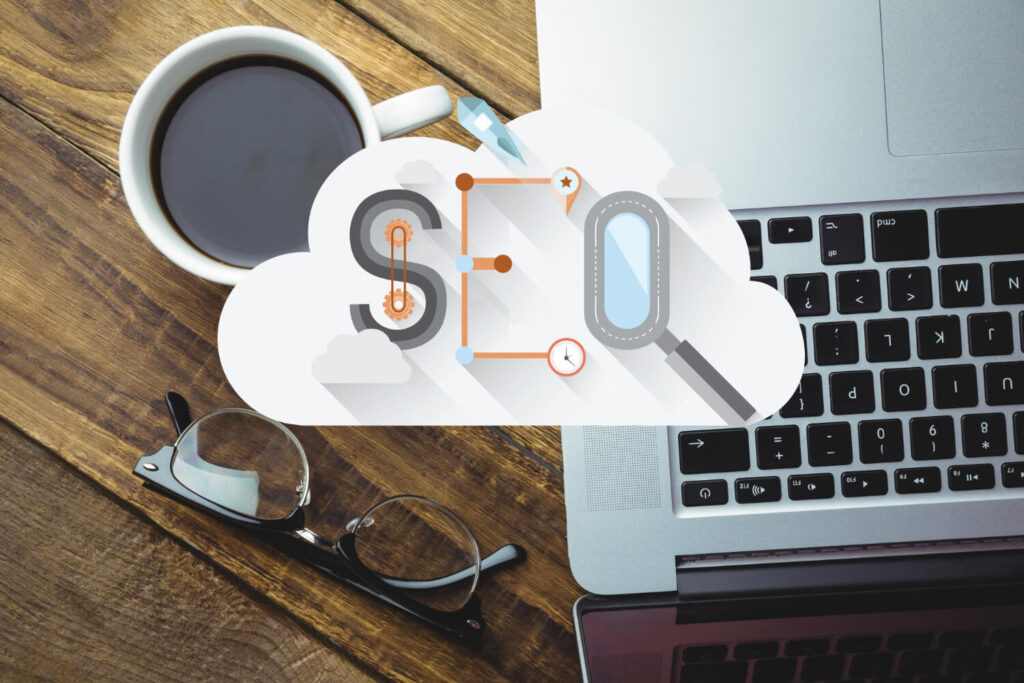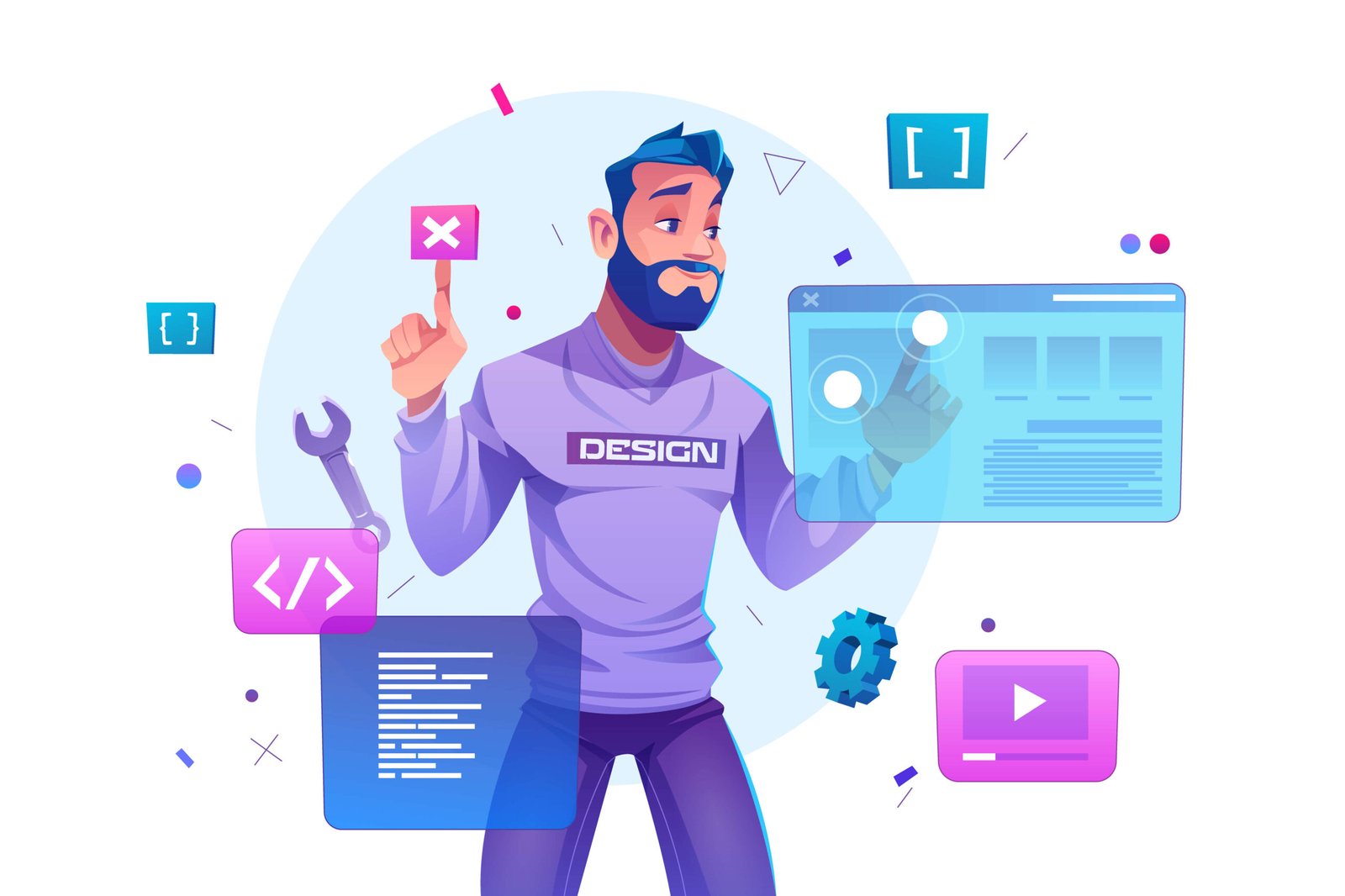You’ve obsessed over image optimisation. Slaved over JavaScript. Yet, your website still feels sluggish, and those rankings stubbornly refuse to budge. There’s a frustrating truth many website owners and designers overlook: Page speed is vital, but it’s not the whole story. How your website is laid out and how users interact with it are equally crucial to your SEO success.
How Website Layout Impacts SEO

Think of your website layout as a roadmap for search engines. A well-structured layout, using proper heading tags and HTML elements, helps search engines easily understand what your content is about and its order of importance. This clarity directly boosts your relevance score. Here’s where website layout often goes wrong.
- Mobile Mayhem: Unresponsive designs that don’t adapt to smaller screens infuriate mobile users and send a signal to Google that your website isn’t user-friendly.
- Layout Shifts That Leave Users Lost: Unexpected content jumps as pages load are more than just annoying; they disrupt the user’s flow and make it difficult to find the information they want. Search engines penalise high Cumulative Layout Shift (CLS) scores.
How User Interaction Impacts SEO
Every click, tap, and scroll tells a story about how engaging your website is. Search engines pay close attention to these user behavior signals. Here’s how poor interaction can hurt your rankings:
- Unresponsive Frustration: Slow-responding buttons and links lead to a poor First Input Delay (FID) score. Users hate waiting and often bounce, hurting your overall SEO performance.
- Navigation Nightmares: Confusing navigation causes users to abandon your site in search of a better experience. High bounce rates and low dwell time signal to search engines that your content might not be valuable.
- Missing the Mark with CTAs: Weak or misplaced calls to action leave users unsure about the next step, impacting your desired conversion goals.
Tools for Analysing Website Layout and Interaction

Identifying layout and interaction problems is the first step toward fixing them. These tools put the power in your hands:
- PageSpeed Insights: Analyse your website’s Core Web Vitals, pinpointing issues related to layout stability and responsiveness.
- Heatmap Tools: Visualise how real users interact with your website, uncovering areas where they may encounter friction. You can use tools like HotJar and Mouseflow to monitor this parameter.
- Usability Testing: Get invaluable feedback from real users to identify pain points related to layout or interaction.
Design Strategies for SEO-Friendly Website Layout and Interaction
With the right approach, your website design can be both beautiful and optimised for search engines. Here’s how to achieve that;
- Content Hierarchy: Utilise heading tags (H1, H2, etc.) for content structure, and employ visual cues like font size, bolding, and colour to guide the user’s eye. A well-organised page makes your content easier for humans and search engines to understand.
- Better navigation: Implement clear and intuitive website navigation using elements like breadcrumbs, prominent navigation bars, and a well-structured sitemap. Users shouldn’t have to struggle to find what they need. Think of it as providing a smooth, frustration-free journey through your content.
- Optimise Above-the-Fold: Design your website layout with the most important information and a clear call to action (CTA) in the immediately visible area. Instantly communicate your website’s value and guide the user toward the desired next step.
- Use Microinteractions: Incorporate subtle animations to provide visual feedback, enhance navigation, and increase the feeling of responsiveness. Be mindful though – too many micro-interactions can backfire, slowing load times and overwhelming the user.
- Embrace Whitespace: Guide the user’s eye with clear content structure and ample spacing. Break up text into digestible chunks, and give important elements visual breathing room. Enhance readability and reduce cognitive overload for a more enjoyable experience.
Conclusion
SEO success depends on creating a website that users genuinely love. By prioritizing a clear layout and seamless interactions, you will delight visitors and also send positive signals to search engines. Remember, web design is an ongoing, iterative process. Regularly analyze your site’s performance, stay up-to-date on best practices, and continually refine your approach based on real user data.
Need help auditing your site? Contact us today to get started.





